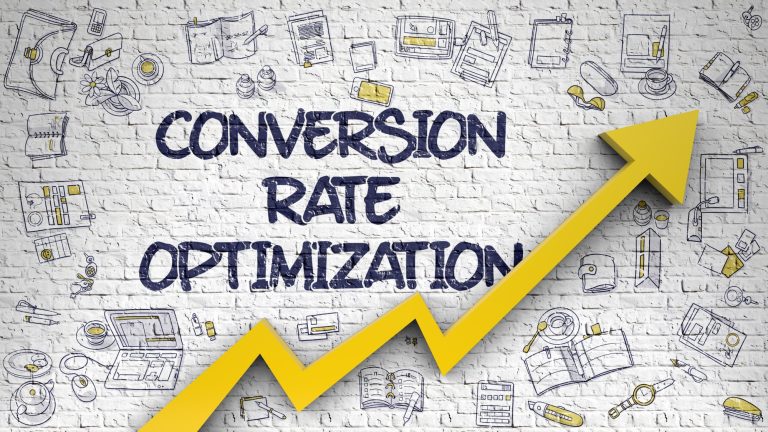When most of us try to grow our online business, we first focus on traffic. After all, more traffic equals more sales, right? While that might be true, it’s missing an easier option. You could get more sales without making any improvements to your traffic numbers. Read on to find out how. We’ll reveal the conversion rate optimization best practices that will help you boost your sales.
What Is Conversion Rate Optimisation?
Your conversion rate is a simple score. It tells you the percentage of visitors who took action when interacting with your digital marketing.
Conversion rate optimization is doing this well and improving this score. By doing so, you can win more customers for the same effort it takes to attract that person to your website or ad.
CRO and Audience Research
A crucial step in optimizing your conversion rate happens early in your marketing plan. To convert visitors, you need to understand who visits your website. That begins with research to identify your target audience.
The more you know about your audience, their needs, desires, and behaviors, the easier it is to create marketing material that will attract – and convert – them.
Factors That Boost Your Website Conversion Rate
You can make plenty of small changes to help improve your conversion rate on your website. These are the basics of website optimization.
Make your website fast to load and user-friendly. And add conversion-focused copy. Add a bold, noticeable call-to-action, but keep the page simple so you move people towards taking that action.
A CRO Marketing Strategy Depends on Split Testing
Split testing is also known as A/B testing. It involves running two pages simultaneously to see which one performs the best. It takes the guesswork out of optimization.
You can run as many tests as you like, and each iteration will provide pointers to a better-optimized page. Testing tools are a valuable investment for this reason.
The Importance of Metrics
Conversion rate is all about data. So, you need to measure what’s happening with your marketing.
It means having analytics tools, so you have a wealth of metrics to hand. That data will provide a clear picture of your conversion rate and guide you toward optimizing it.
Key metrics about website user experience include your conversion rate, click-through rate, and traffic numbers. You may also gather other relevant information like cost per acquisition and return on investment.
Pitfalls to Avoid
When optimizing your website, avoid a few common mistakes.
First, don’t make website design decisions based on your design preferences. Go on the data instead and steer your design to what’s getting results.
Second, don’t drop your testing regime once you’ve started to see results. That’s the time to keep going, as you could continue to see further improvements.
Lastly, don’t try everything at once. The key to getting your conversion rate high is through incremental changes.
Conversion Rate Optimization Best Practices: Boosting Your Sales
Conversion rate optimization best practices need not be overcomplicated. While there may be advanced and clever tricks you can do for CRO, start with the basic tips outlined in this guide.
For more help getting exceptional conversions on your website, get in touch with our marketing experts at Enfuse.
